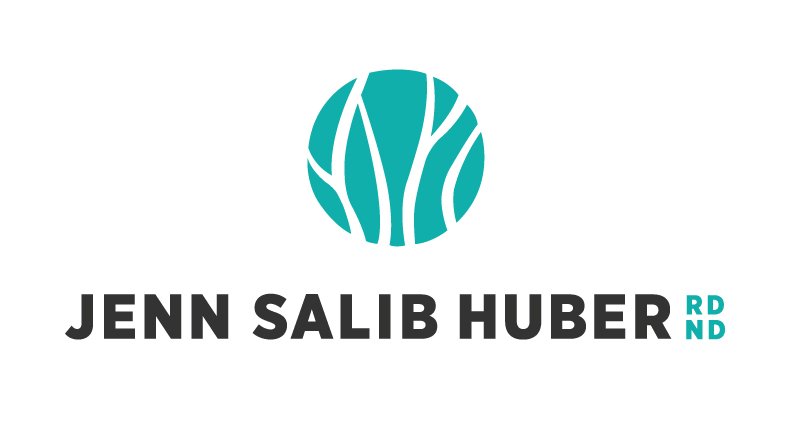How much protein do we need in menopause?
If you google ‘menopause nutrition’ (which I don’t actually recommend) you’ll probably find that everyone has an opinion when it comes to what women should be eating as they transition through menopause. You’ll find plenty of lists of foods to eat or avoid, suggestions or plans to follow, and often a laundry list of supplements to take. And while you may find a nugget or two of helpful information, or maybe a new recipe to try, you are just as likely to find yourself with more questions than answers. So let’s make this easy by applying gentle nutrition to midlife!
If you’re unfamiliar with intuitive eating and gentle nutrition, I recommend checking out this podcast episode from my annual non-diet resolution challenge where I talk about using the “add-in” approach and this episode from my un-dieting series.
Protein
How much do we actually need?
If there’s one thing you’ll find mentioned in almost every article about menopause nutrition it’s protein. As one of the 3 macronutrients, it plays an important role in keeping us healthy and well. Getting enough protein helps to ensure we can build and maintain muscle, which is associated with better health and longevity. It also makes meals more filling and satisfying and can help stabilize blood sugar and energy levels.
We generally need to eat at least 0.8 g of protein per kg of body weight to meet our minimum requirements. And several observational studies have found that women who eat more (1.2 g/kg +) hold onto more muscle mass in post-menopause than those who don’t, meaning they’re less likely to suffer from sarcopenia (age-related involuntary loss of muscle and strength) and frailty. However, a meta-analysis of community-dwelling older women found no benefit of protein supplementation on strength or risk of frailty. And another study designed specifically to test that hypothesis have also come to different conclusions, finding no benefit of a high protein diet on lean muscle mass. Which means…we haven’t yet figured it all out yet.
What’s the take-home message? Yes, protein is important! And meeting the minimum requirements on most days is a great gentle nutrition goal. And if you’re actively trying to build muscle in midlife (which I think we should be) then adding in some intention around protein intake is likely to help and certainly won’t hurt. But exactly how much more isn’t entirely clear just yet.
💡Important note: In order for dietary protein to go towards building muscle, we need to eat enough food to meet our daily energy needs. Otherwise, protein from the food we eat will go towards meeting those energy needs.
The practical side of eating more protein
I know that most people like “numbers” and want to know exactly how much protein to eat and when. But as a non-diet and intuitive eating dietitian, I like to keep numbers out of the conversation as often as I can. And here’s why:
Most people don’t need to get an exact amount of protein every day unless they’ve been told otherwise by a healthcare practitioner.
Having a number goal (ie how many grams of protein per day) can make us feel like a slave to nutrition labels and food trackers
It can lead us to overemphasize protein at the expense of other macronutrients
You may find yourself sacrificing satisfaction to hit your target, which is never a good long-term strategy!
Regardless of how much protein you’re trying to get, it’s still helpful to know what foods provide protein, and how much is in an average serving. Believe it or not, most foods contain some protein, which means you can get creative in what you eat to up your protein intake.
Here’s an example of how I like to teach women in midlife about protein. Think of protein intake like a theatrical play with starring roles, supporting roles, and audience members. A “balanced play” will have a couple of starring roles, a few supporting roles and many audience members. Now let’s apply this analogy to building a “balanced plate”.
When building a balanced plate with gentle nutrition, you can choose a starring role, a couple of supporting roles, or many audience members to meet your protein goals at a meal. For example, a breakfast with 3/4 cup of greek yogurt would provide a similar amount of protein as oatmeal with added peanut butter, chia and flax.
Starring roles generally provide 15-25 gm of protein in an average serving or more. Supporting roles provide 5-15 gm of protein and audience members provide 5 gm or less. Knowing which foods fall into each category can help you “add-in” protein without needing to measure and count at every meal.
Plants vs Animals
What’s the difference between plant and animal protein? And can you get enough protein from plants? In short, yes you can. As you can see from the images above, there are many plant-based protein foods to choose from including tofu, beans, and lentils. And, most of the foods that provide plant-based protein are also high in fiber and nutrients like iron or magnesium. Animal protein on the other hand is also often a good source of iron, along with B12 and zinc.
The good news is that you don’t have to choose one or the other. There are lots of good reasons to want to include more plant-based protein, especially if you’re trying to add phytoestrogen-rich foods such as soy and flax to your diet. But you don’t need to avoid meat to enjoy the benefits of adding more plant-based protein to your diet.
Stay tuned for next week’s protein FAQ!
Need help with menopause nutrition and making peace with food in midlife?
Book a connection call to learn about how I can work with you.
Sign up for my group program Beyond The Scale - How to Undiet Your Life After 40.
Join my FREE Facebook Group for support and inspiration – Everyday Intuitive Eating



